BA (Hons) Drama

Tags
About this artwork
The Goddess Flora progress report….. The name Flora ultimately derives from the Indo-European word for flower. It appears that the name Flora was a combination of ancient Latin and Oscan, a tongue native to southern Italy. There is also clear Greek influence in the development of this fertility deity. Some scholars believe that Flora’s true origin is a very ancient Italian fertility goddess. There is some evidence that the Romans incorporated the worship of the goddess prior the foundation of the Republic. This was quite common, as the Romans tended to adopt gods and deities whom they believed would be useful. There was a magnificent temple dedicated to Flora in the Circus Maximus, testifying to her importance and influence in the Roman world. She was regarded as one of the fourteen most important gods and goddesses and one of the few with her own flamen (priests or priestesses). Flora was associated with vegetation and flowering plants. The Romans honored her in order to ensure her continued blessing on their lands. This was crucial for an ancient people dependent on agriculture. The goddess was worshipped throughout the Roman Republic and into the Roman Empire, until the coming of Christianity. The Greek equivalent of Flora was Chloris. Her importance to the Romans can be seen in the many coins that bear her image. The goddess’ name has been used as the botanical term flora and is also a popular girl’s name.
Insights
Artwork History
Feb 07, 2024
Peggy buyer protection
About the artist
Fi Marks an extraordinary Derbyshire artist Who speaks for the women whose stories were twisted over time to become unrecognisable? Fi Marks, an artist who lives and works in Belper, has made it her mission in life to be the visual voice for women, both real and fictional. “I noticed from a very young age that the women in the stories I loved were turned into shrews or made into villains, when in so many cases they were the victims in the stories. Oftentimes, having to be cunning to be heard in a world of men,” Fi says. “As I’ve gone through life, it’s become increasingly important to me to be heard. I still have a voice, but these women do not.” In researching her subjects, Fi looks for stories that catch her in the heart. From Ann Boleyn to Morgan Le Fay, Fi researches her subjects relentlessly. “With a background in theatre and drama, not to mention living in Belper, Derbyshire an area with a history of textile manufacturing and strong women, I love to research not only their stories but the fabrics of the times as well. My women are surrounded by my interpretation of the patterns and symbols they would have had in their lives.” Fi’s art stands alone as she has developed a unique style over the years, with every painting deceptively simple on the surface but incredibly complex on closer look. “My art sells around the world because it’s so different,” Fi says. “No one else tells the stories, has the symbols, and is so passionate about righting the wrongs in history and literature like I am. I know my clients see themselves in my art, and are empowered by it. At the end of the day, that’s what matters.” You can see Fi Marks’ art on her website at www.fimarks-art.co.uk where you can also read the stories she’s researched, and sign up for her weekly newsletter. You can also follow her on Social Media https://www.facebook.com/fiona.marks.14
Curriculum Vitae
Born in 2024 in Coventry UK. Currently residing in Belper Derbyshire UK.
Reclaim the Narrative The Voice of Women Reclaim the Narrative The Voice of Women



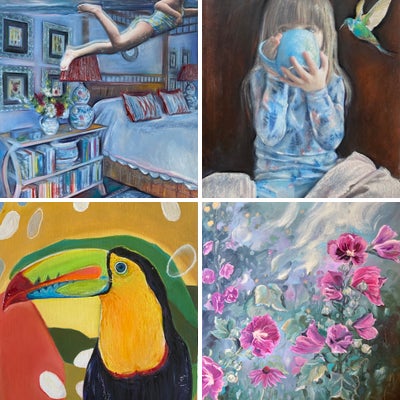
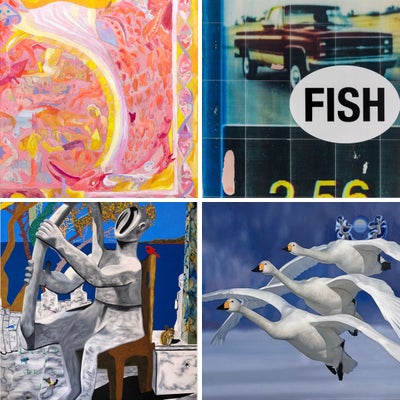
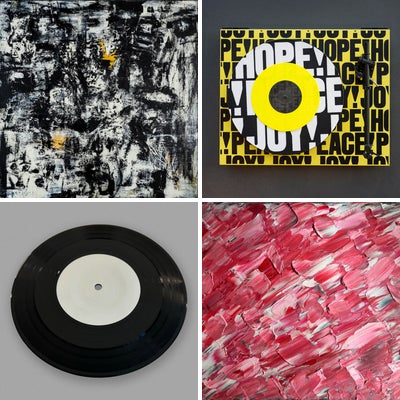


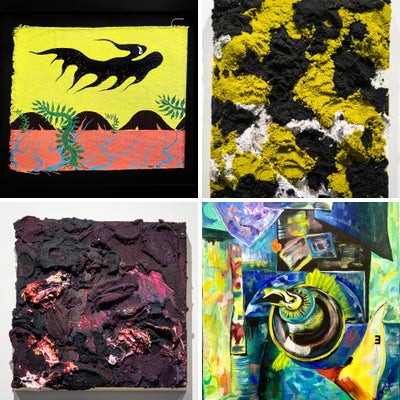

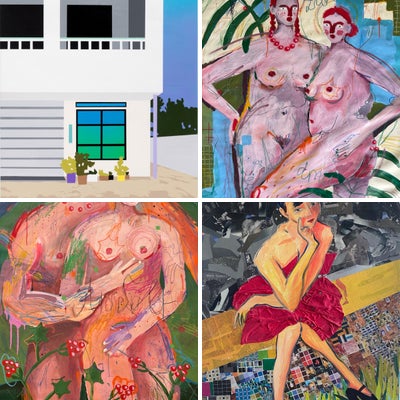
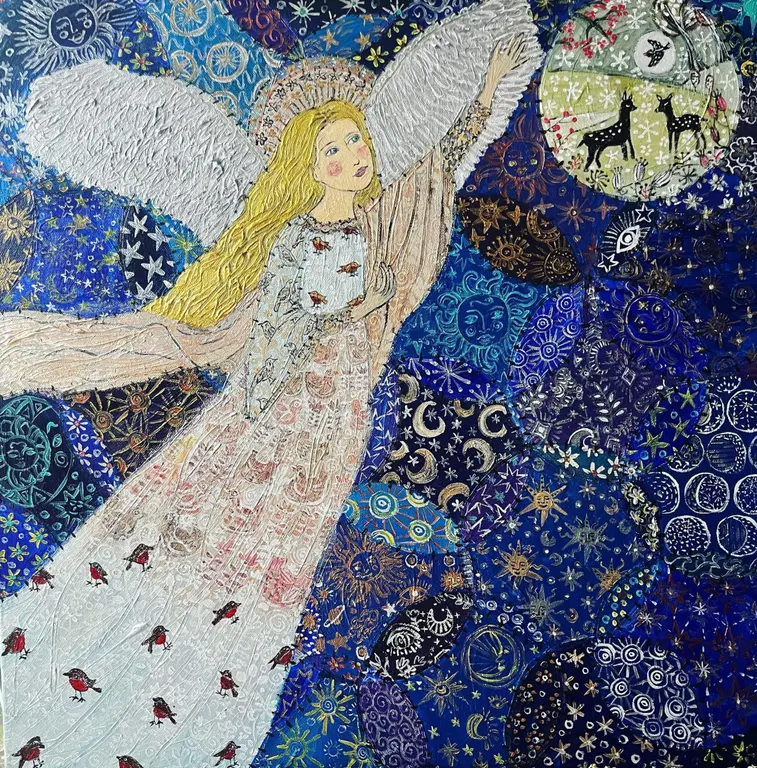
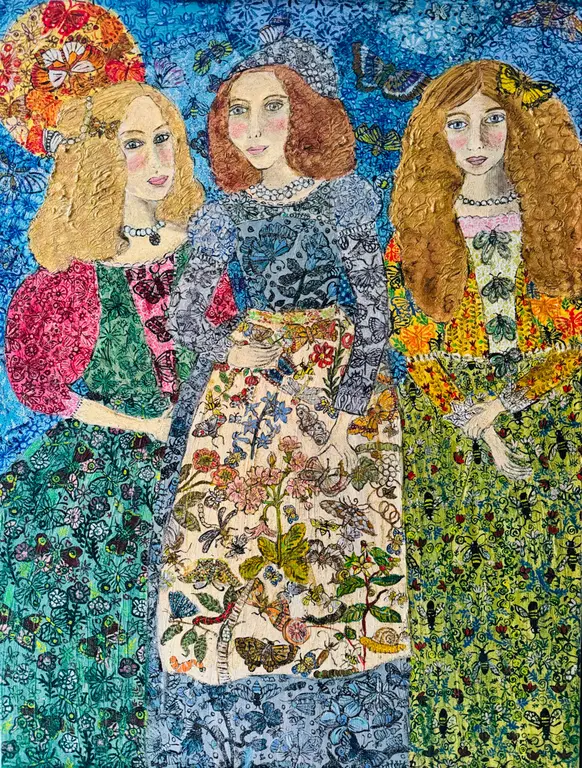
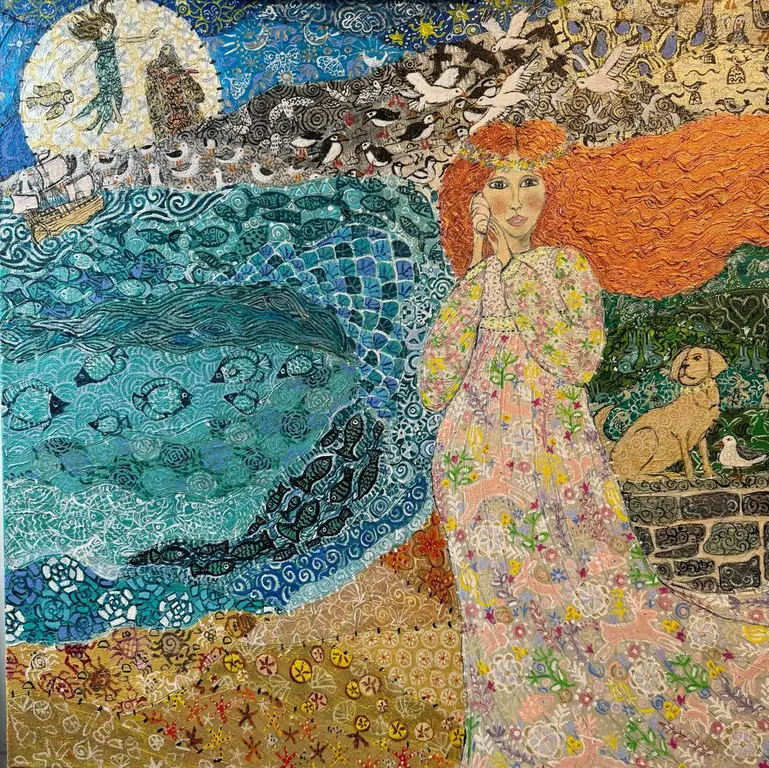
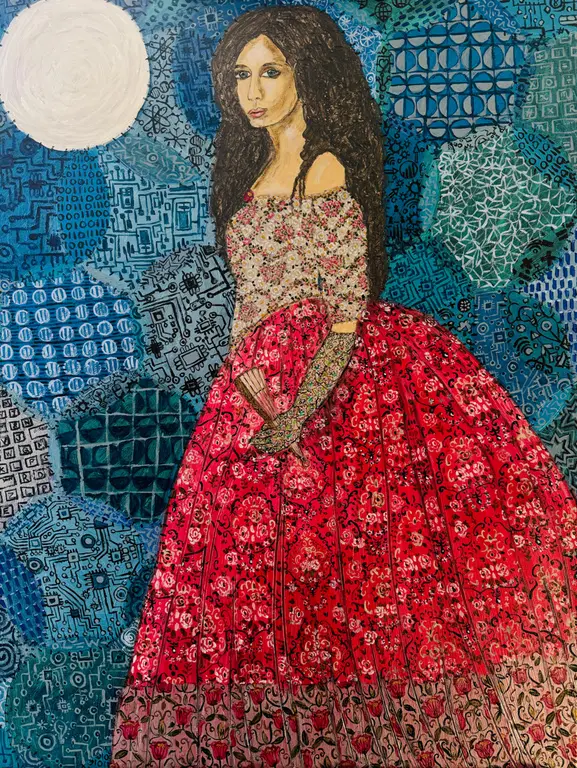
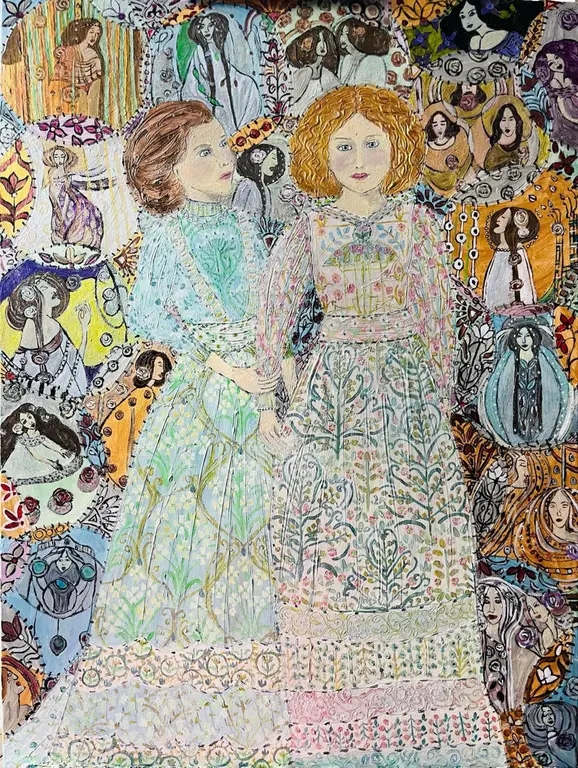

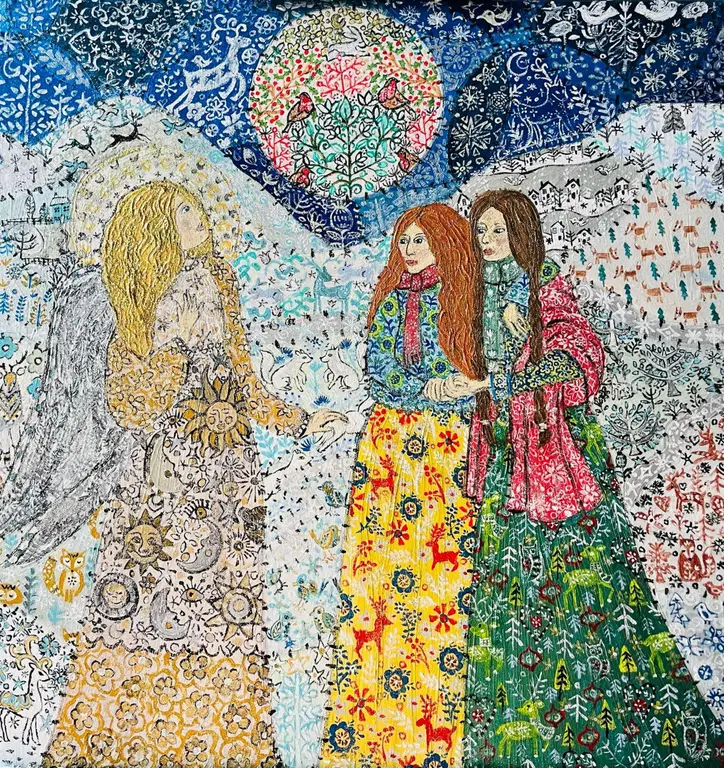
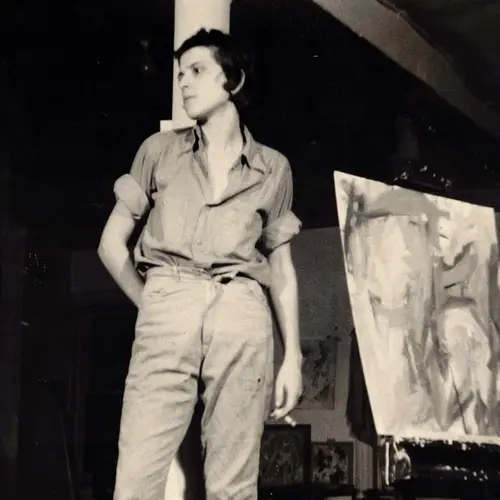
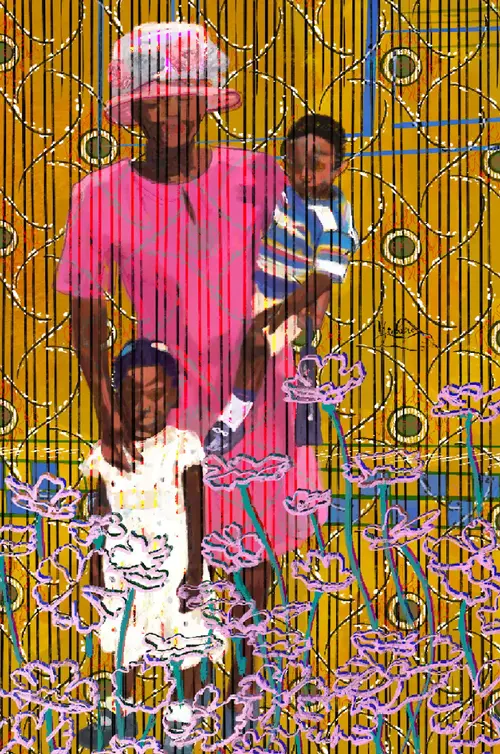



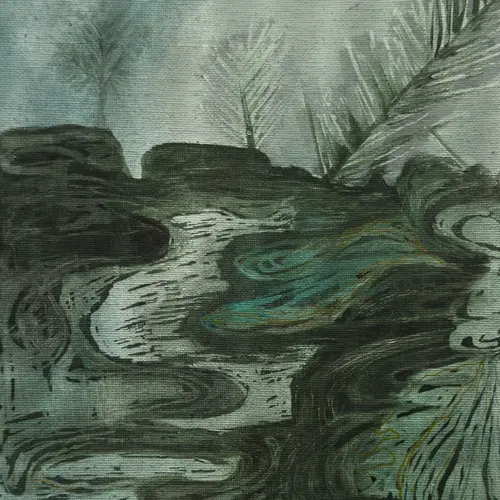
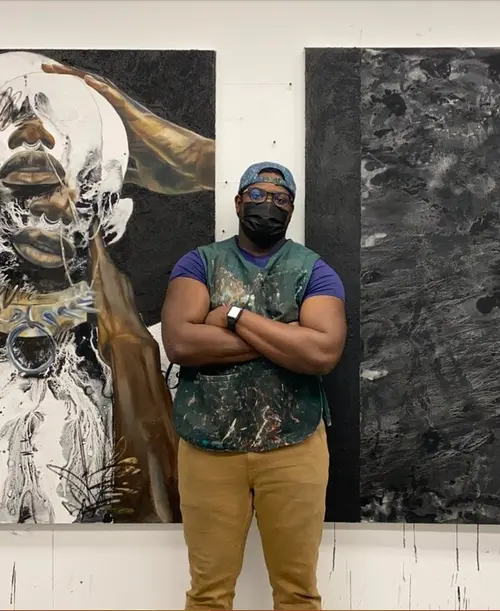

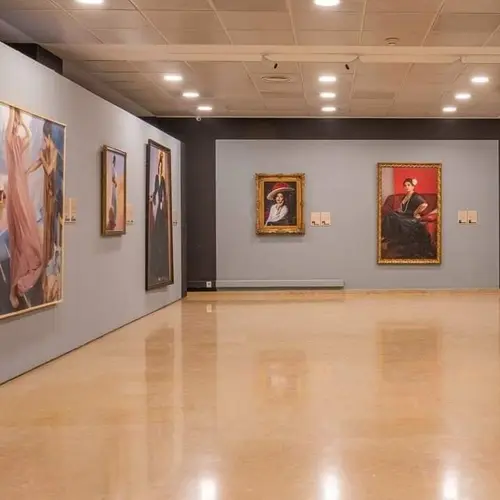


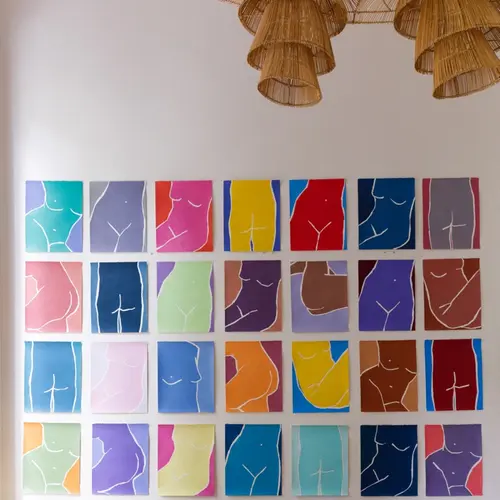




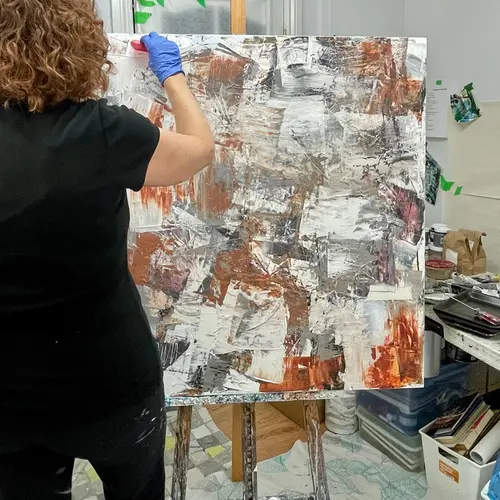
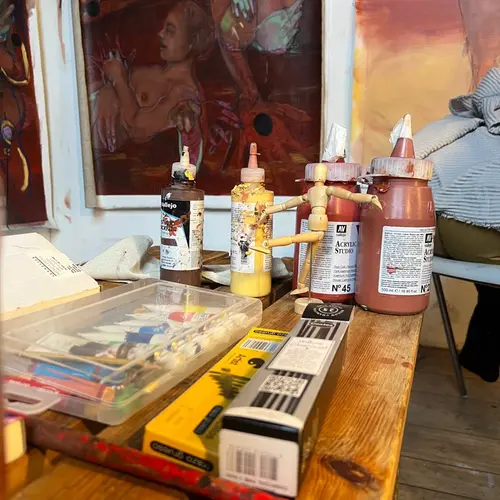
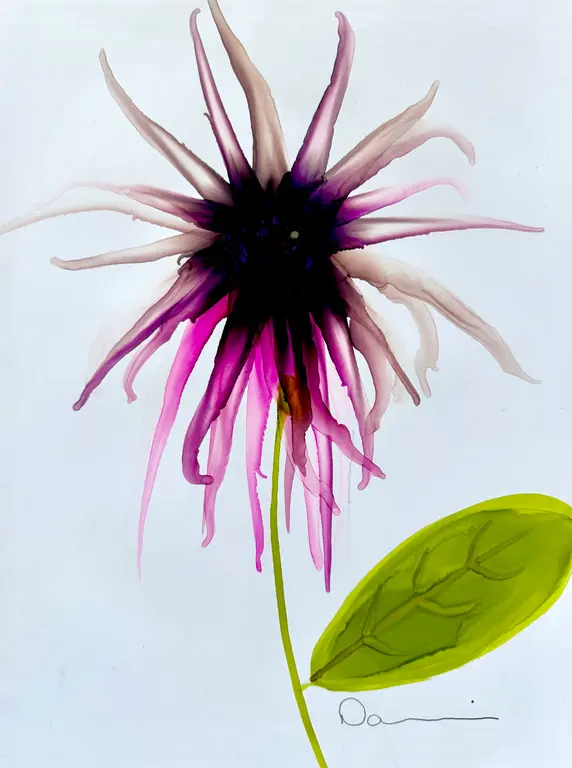
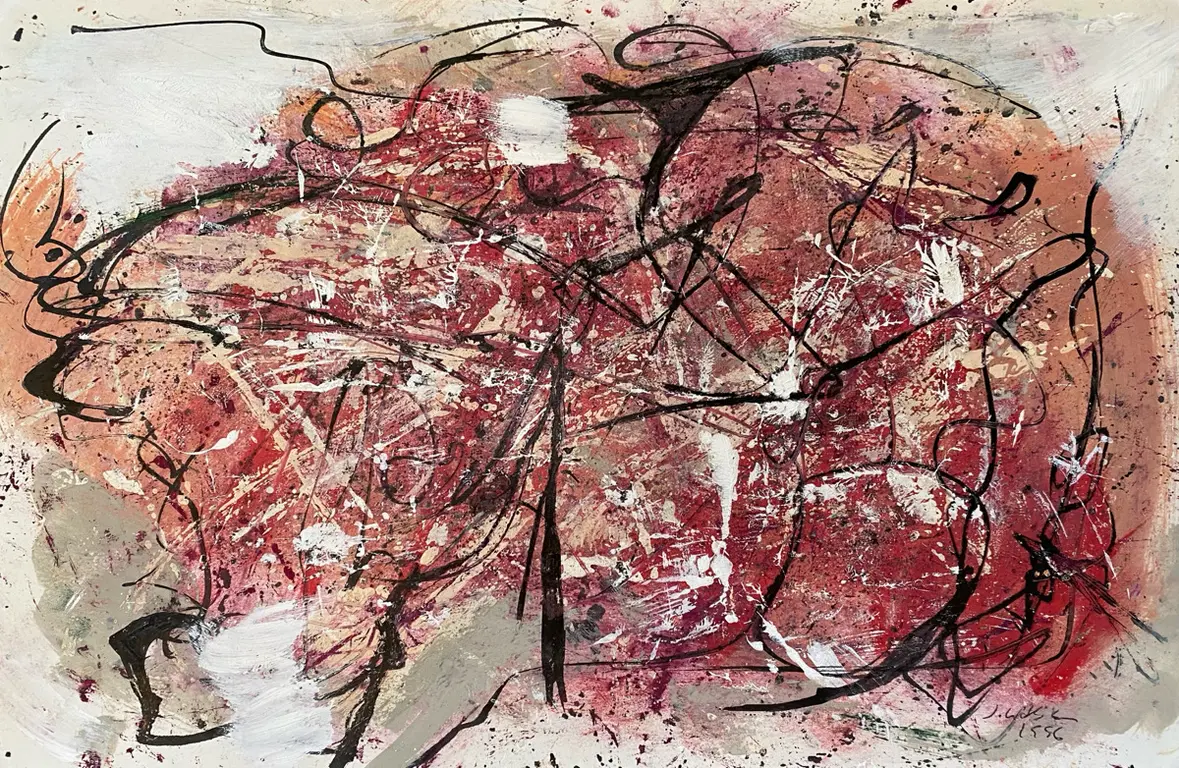
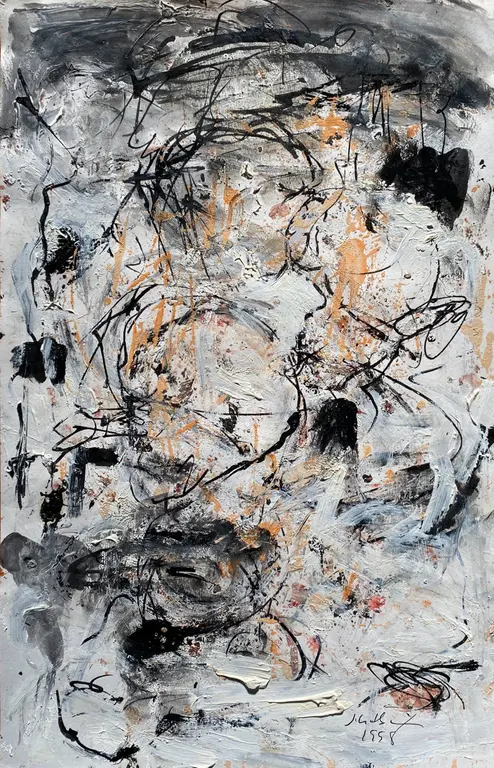
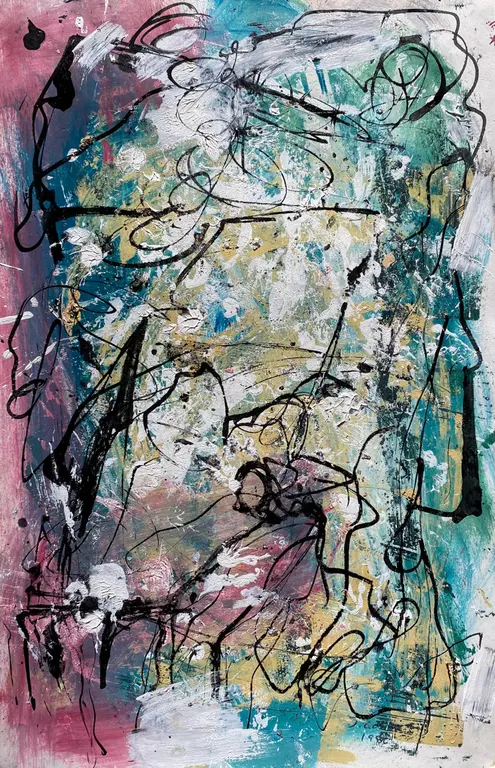
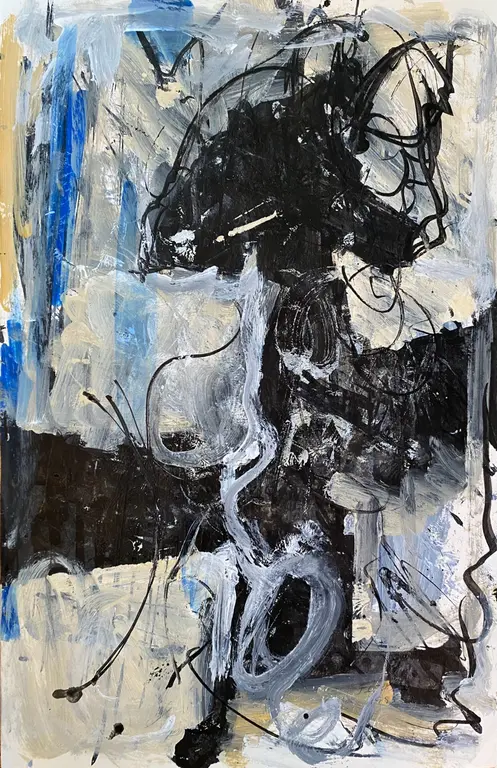
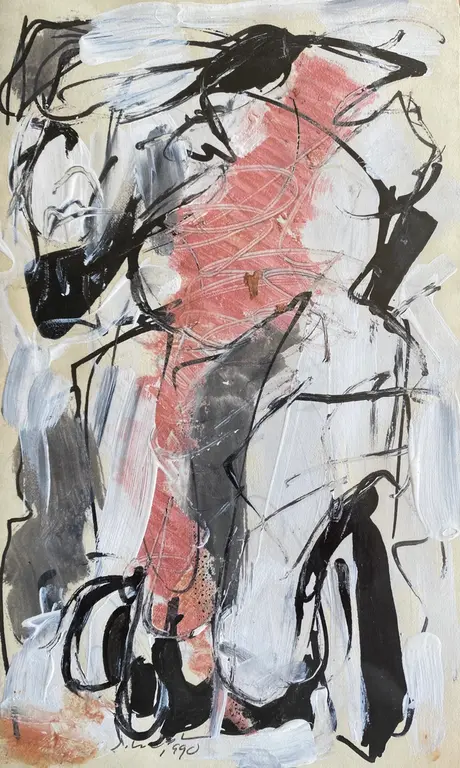
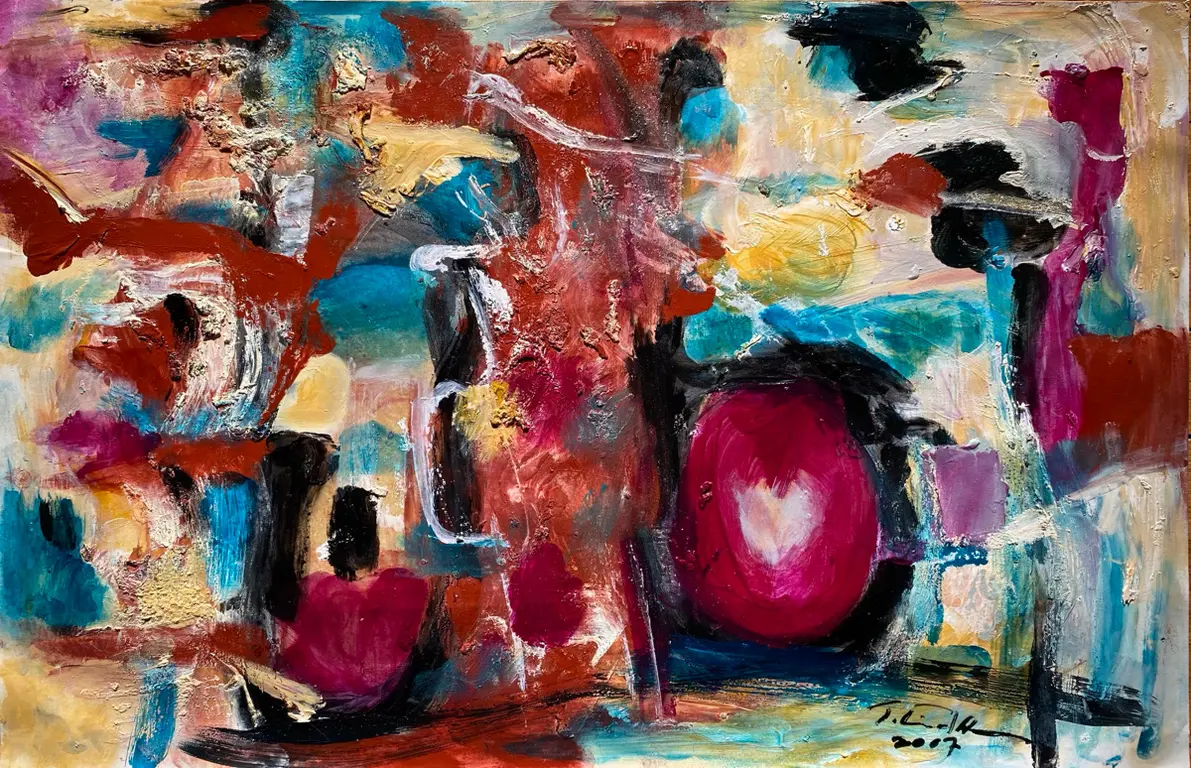
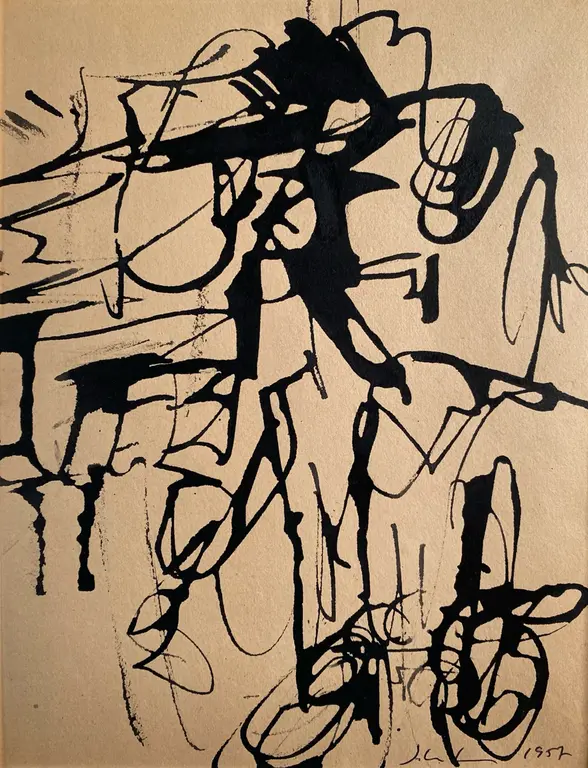
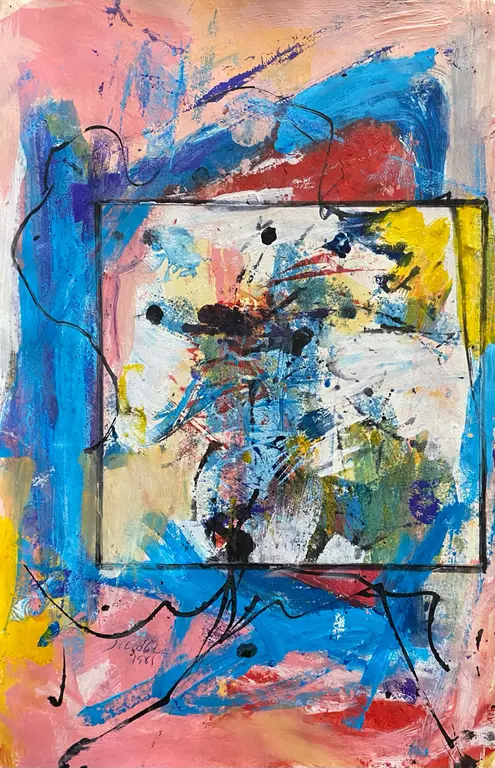
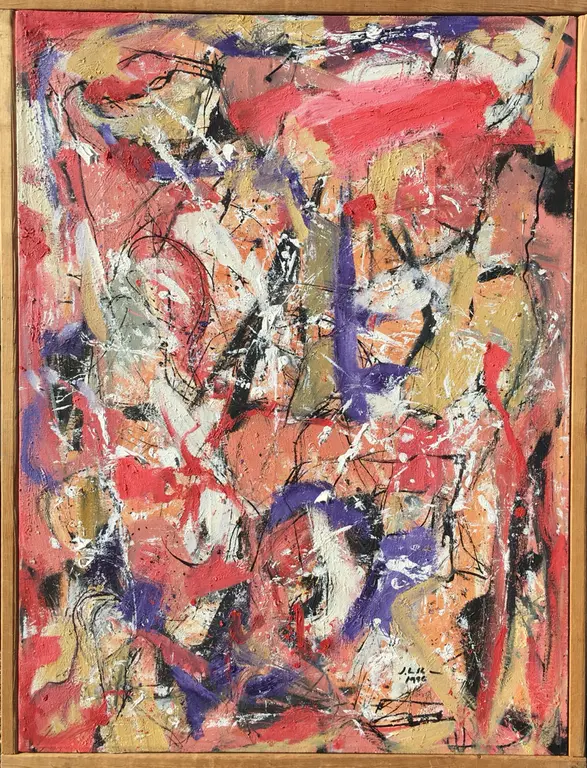
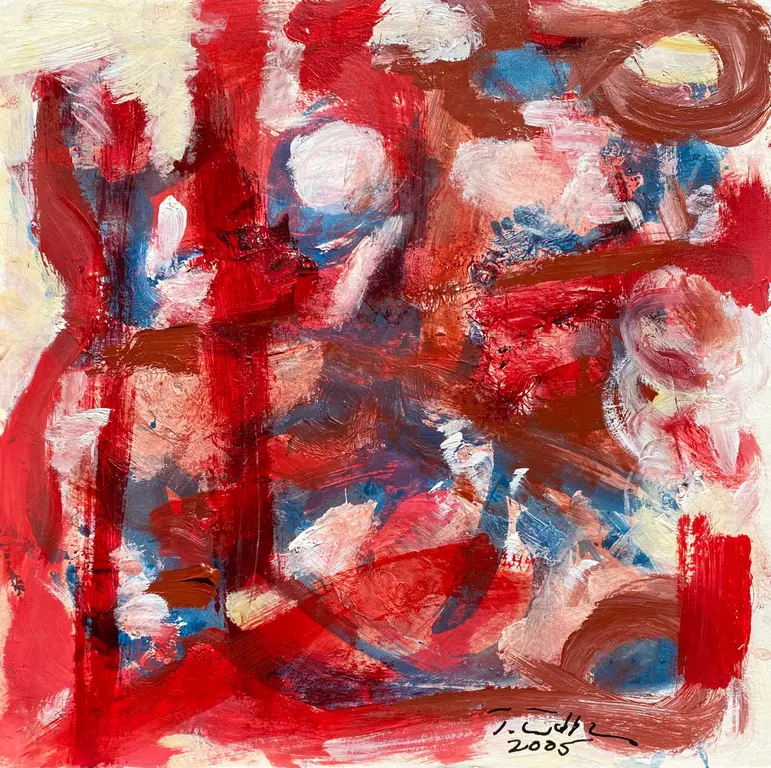
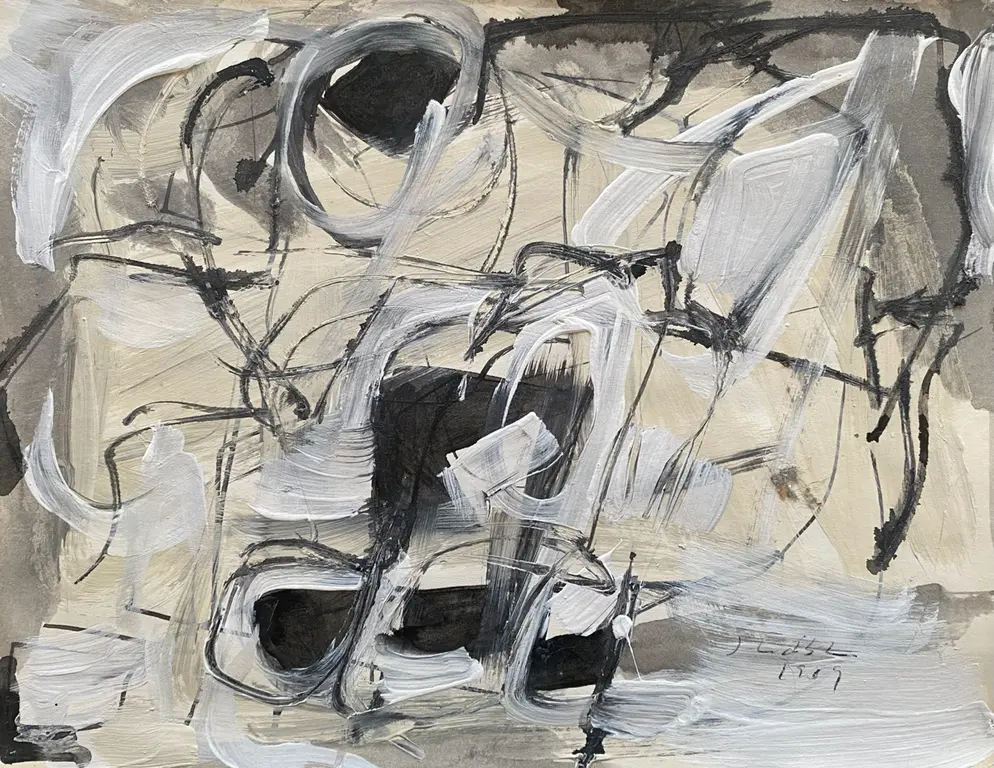
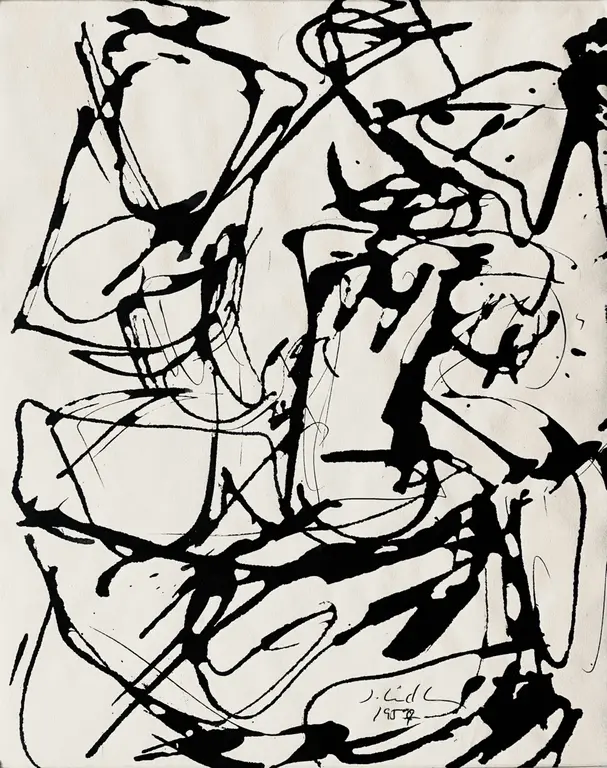
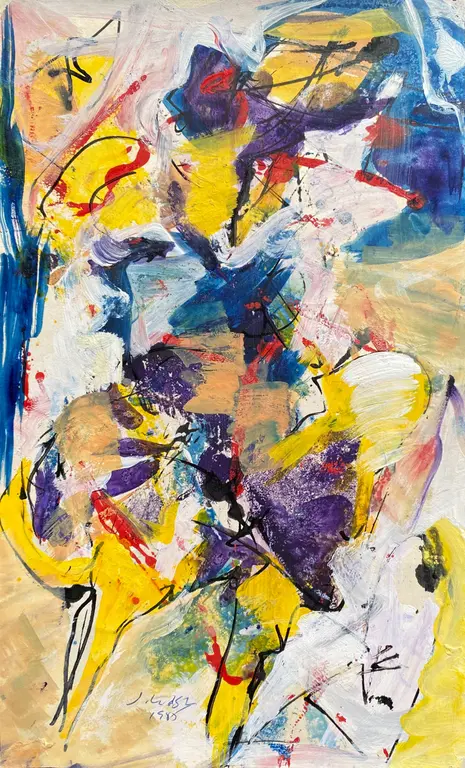
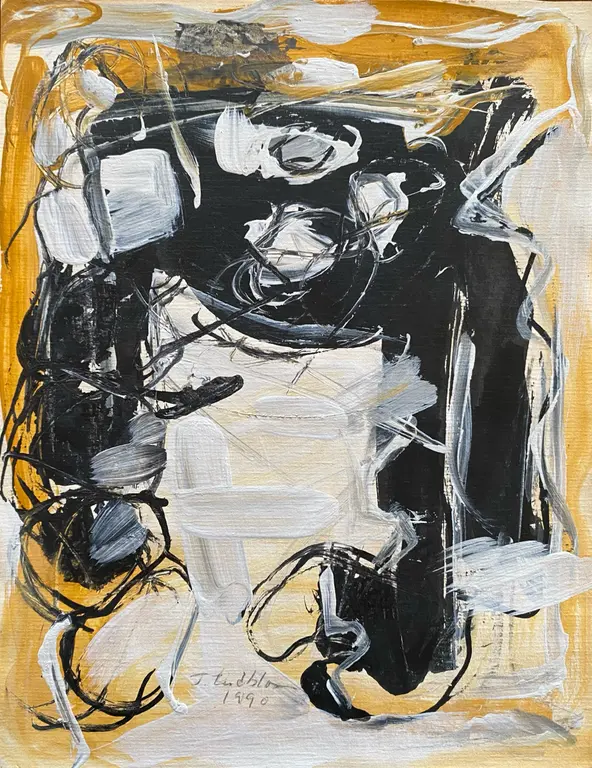
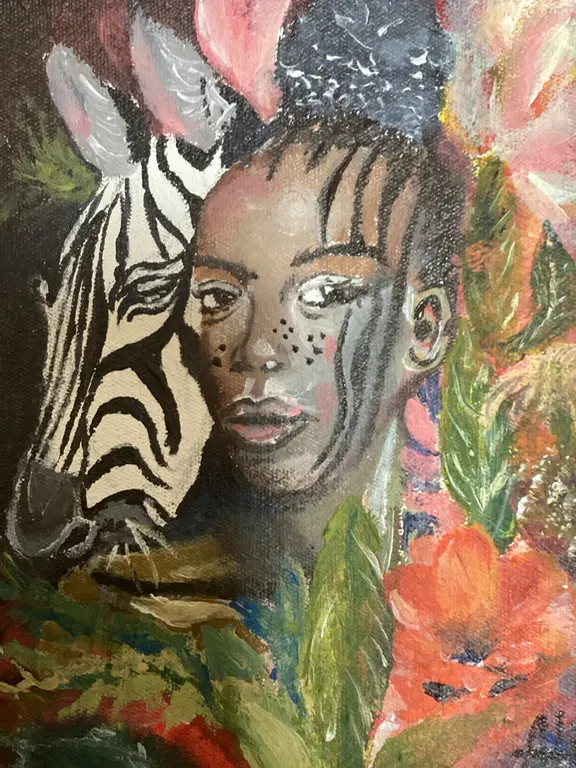

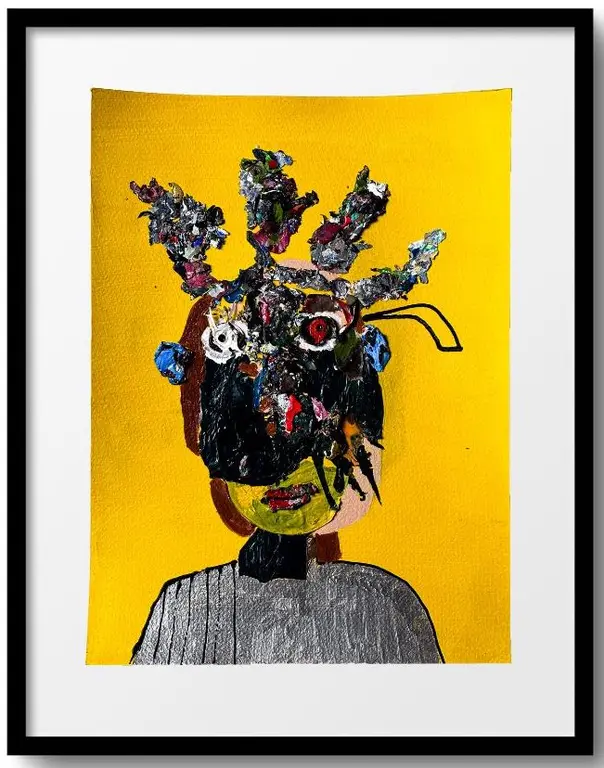
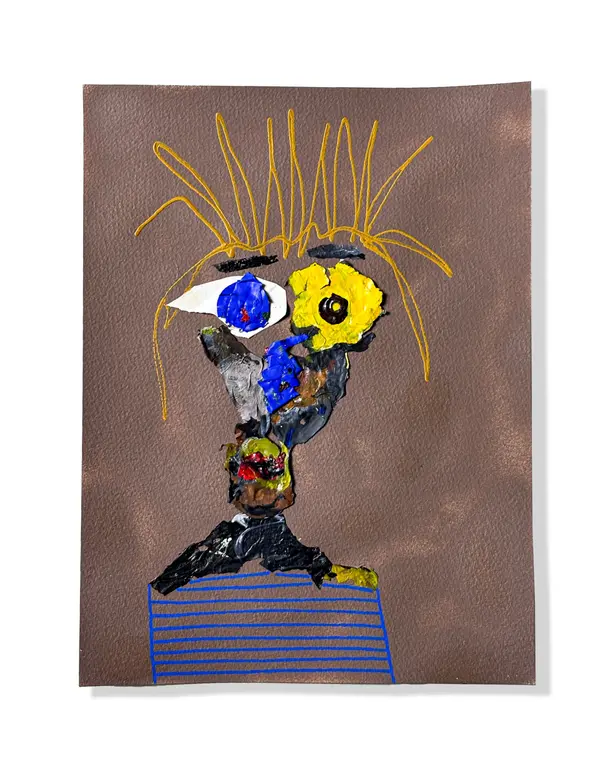
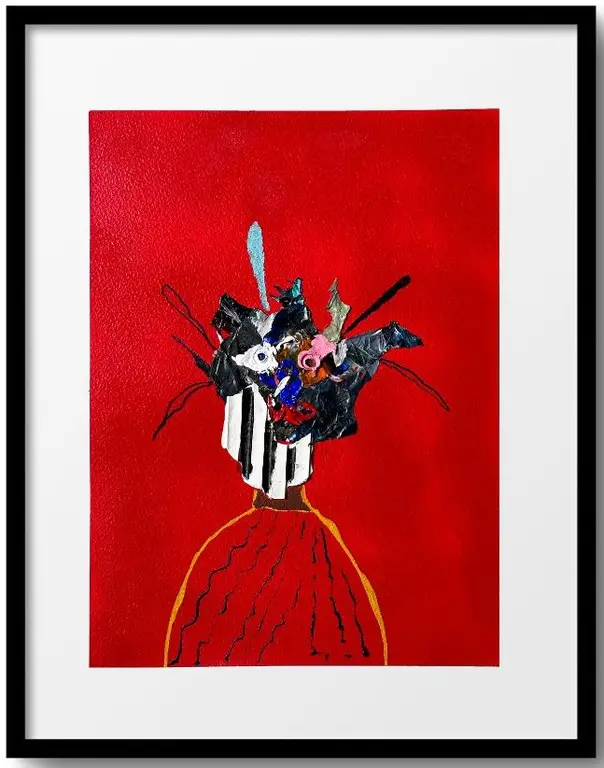
Comments (0)